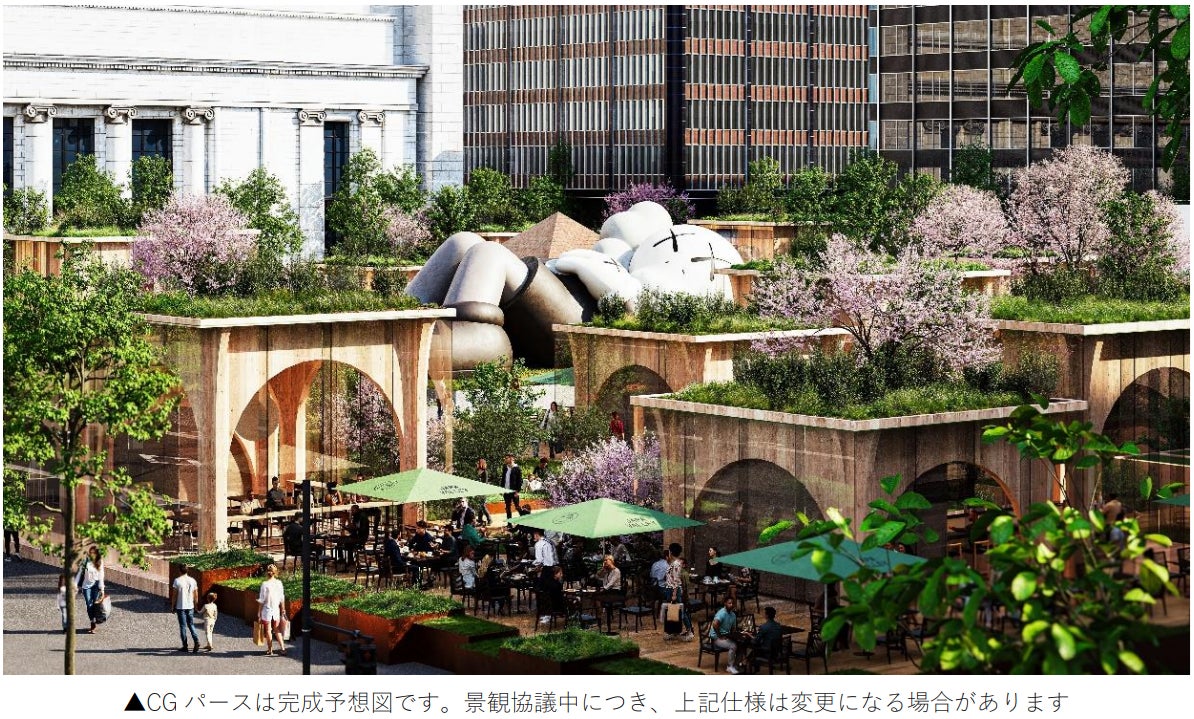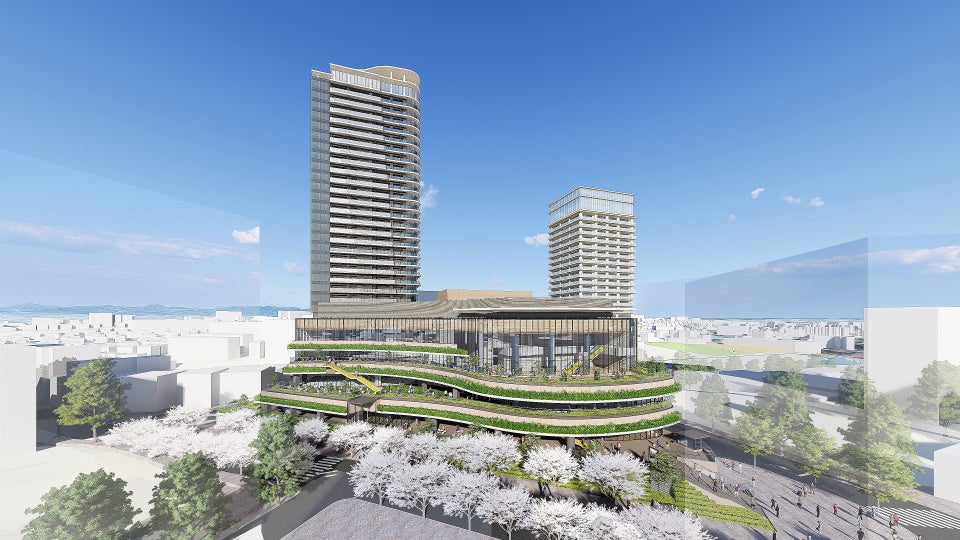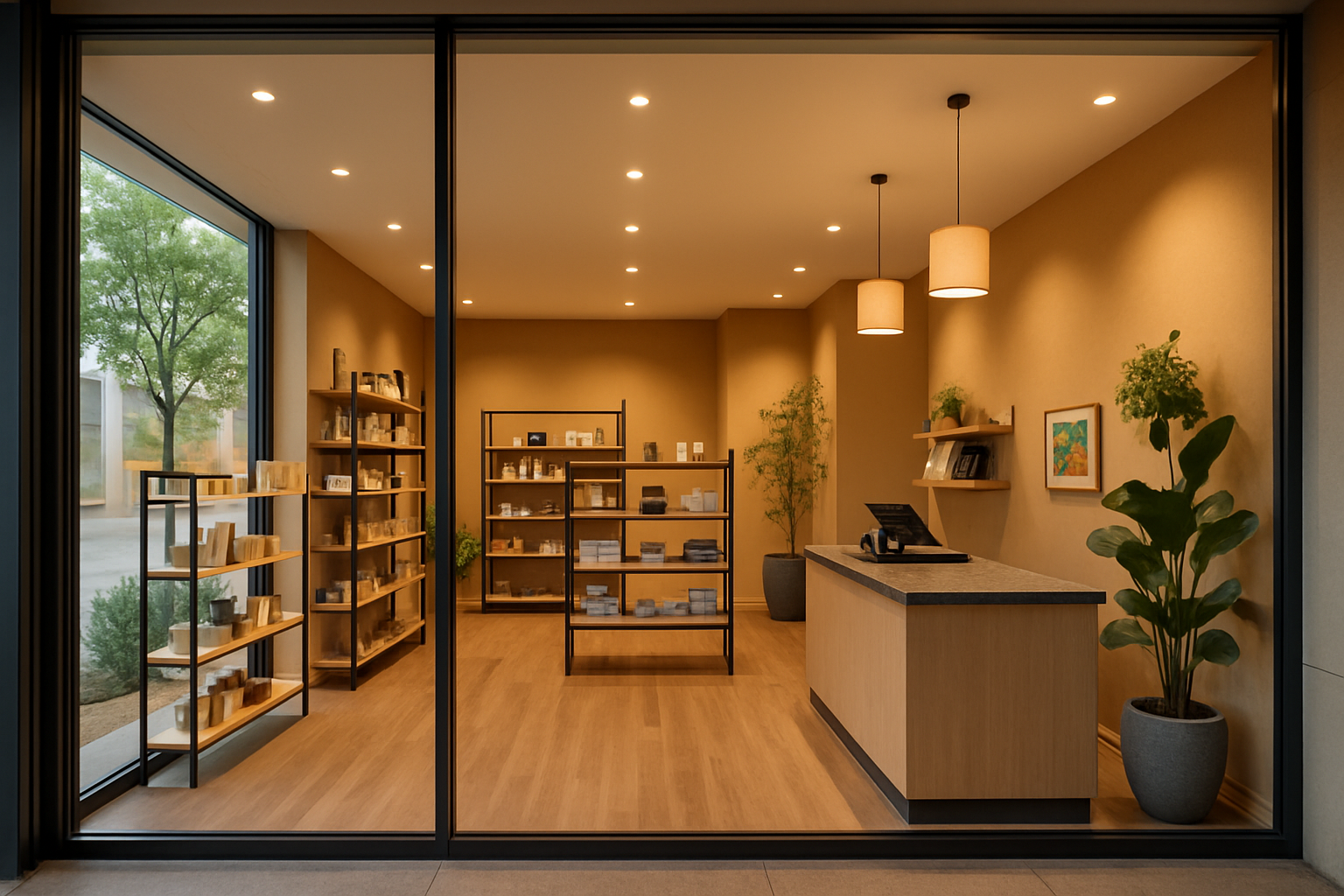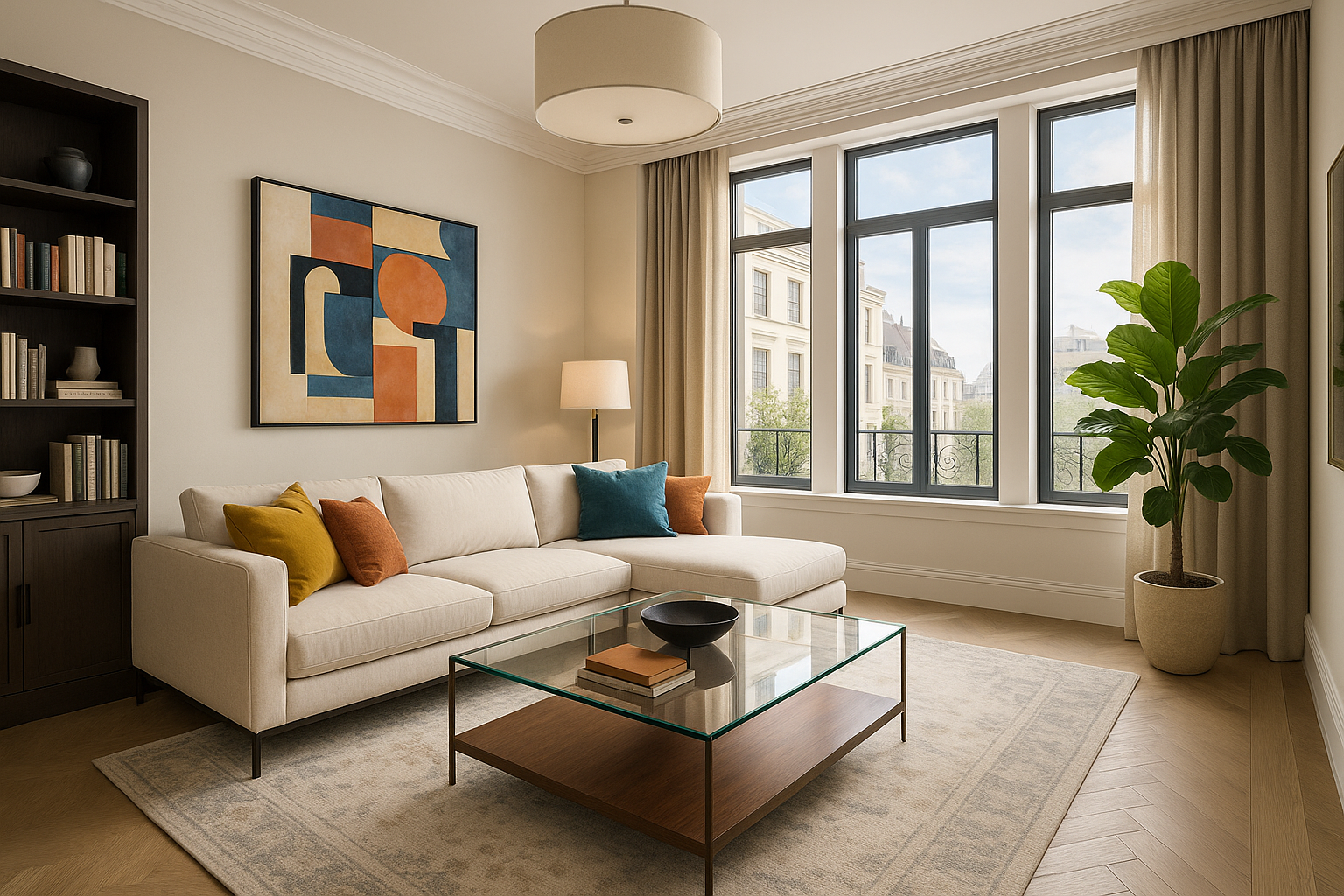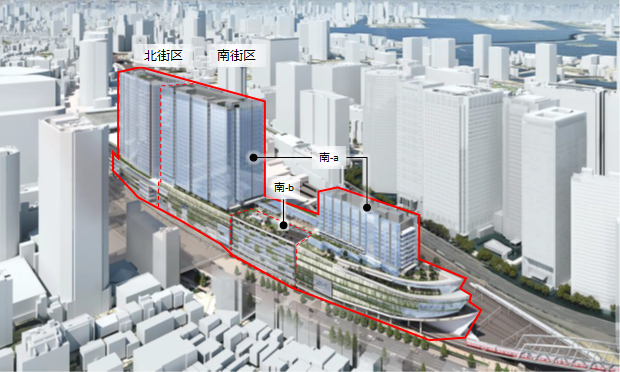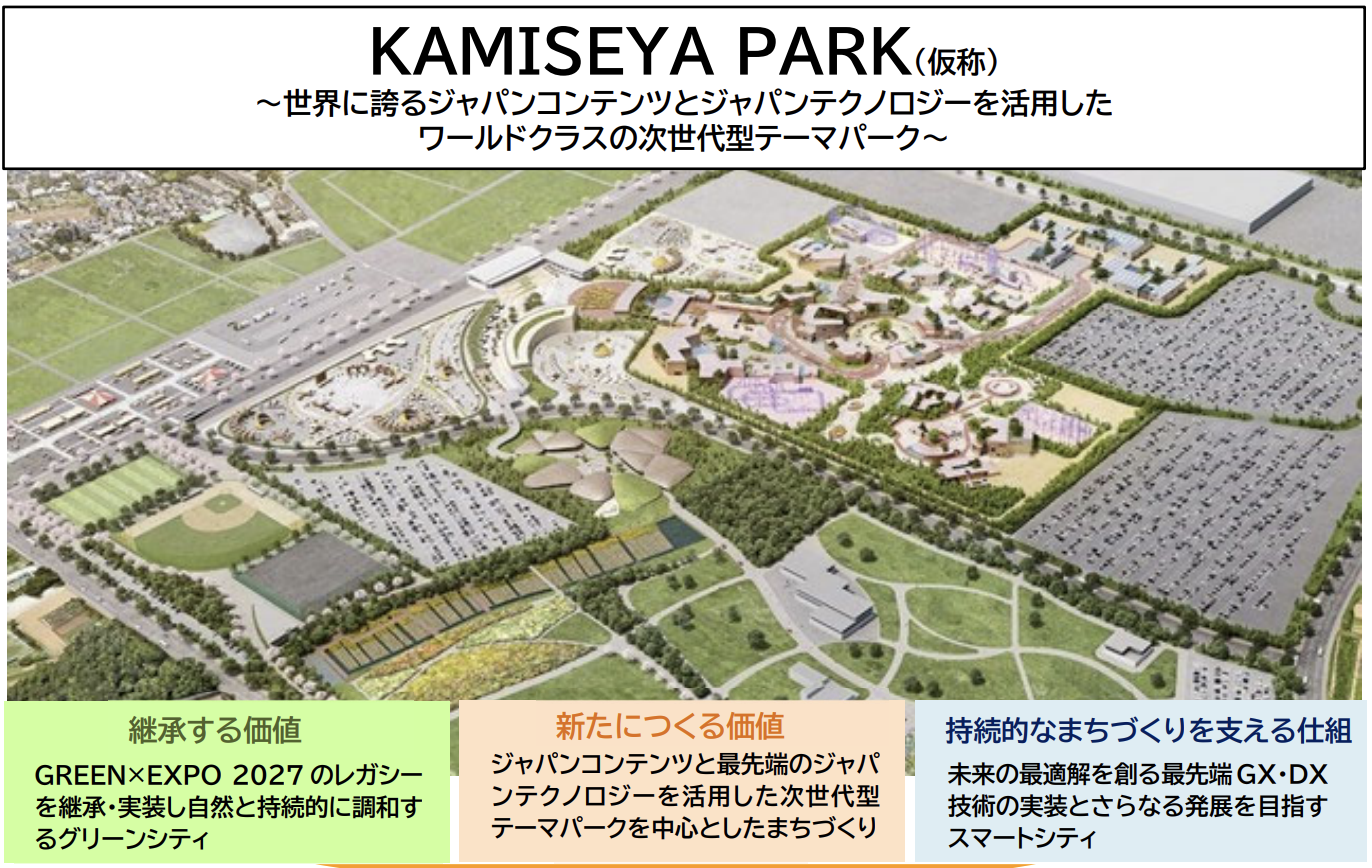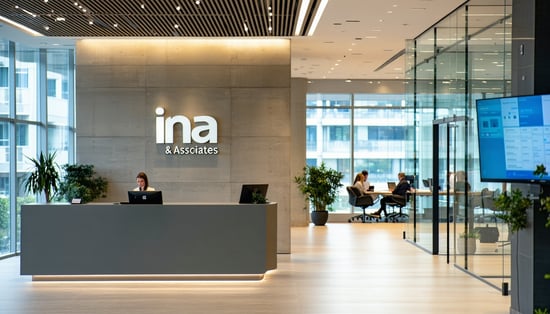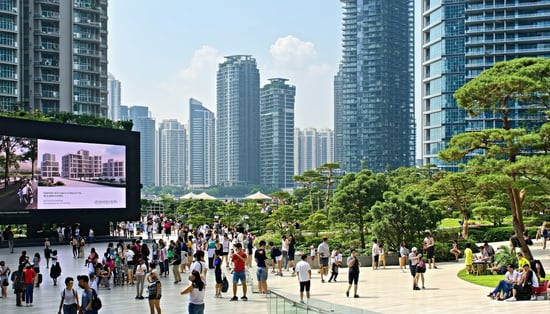In recent years, the real estate investment market has seen a sharp increase in interest in pet-friendly properties. According to the latest survey by the Pet Food Association of Japan, there will be approximately 6,796,000 dogs and 9,155,000 cats kept in Japan by 2024, for a total of 15,950,000 pets in Japan.
This figure far exceeds the population of children under the age of 15, indicating that pets are considered important family members in modern society.
However, while there is a strong demand for pet-owning properties, the supply of pet-friendly properties is still inadequate. 67.2% of real estate agents in a LIFULLHOME'S survey said that "the need for pet-friendly properties is increasing," a clear indication of growing demand in the market. This is a clear trend.
In this article, INA & Associates, Inc. will explain in detail the specific advantages and disadvantages of investing in pets-allowed properties and the key to success, based on our many years of experience in real estate investment.
Market Trends and Actual Demand for Pet-Friendly Properties
Rapid expansion of pet-owning households
It is extremely important to accurately grasp the actual situation of pet-owning households in Japan today in order to make investment decisions. According to statistical data from the Pet Food Association of Japan, the number of pet-owning households in Japan has reached approximately one in five households, and this ratio is increasing every year.
Particularly noteworthy is the growing need for pet ownership since the Corona disaster. With the increase in the number of hours spent at home, the number of households seeking to live in harmony with their pets has increased dramatically. This trend is not temporary; it is becoming a fundamental change in lifestyle.
A Serious Gap between Supply and Demand
On the other hand, a look at the supply of pets-allowed properties reveals a reality in which the supply is far short of the growing demand. According to survey data from the real estate portal site SUUMO, the percentage of pet-friendly properties listed on the site was around 10% as of January 2019, but by January 2024, the percentage had increased to 18%.
However, this 18% figure is still inadequate relative to actual demand. About 30% of respondents answered that the reason they cannot keep pets is because it is prohibited in housing complexes, clearly indicating a structure in which restrictions on the housing supply side are suppressing demand.
Actual Rent Prices and Profitability
As concrete data on the profitability of pet-friendly properties, a comparison of rent rates is very informative. According to a survey by Asahi Kasei Homes, the average listed rent for properties that do not allow pets is 78,253 yen, while the rent for pet-allowed properties is 112,771 yen, which is actually 34,518 yen (about 44%) higher.
| Property Type | Average rent | Difference | Percentage of increase |
|---|---|---|---|
| Properties that do not allow pets | 78,253 yen | -100,000 yen | -JPY -JPY -JPY |
| Pet-allowed property | 112,771 yen | +34,518 yen | +44% (+44%) |
Even more noteworthy is the shortened move-in period. According to a survey, tenants move into pet-friendly properties 16.6 days earlier than those who do not allow pets. This figure reflects the scarcity of pet-allowed properties and the desperate need of prospective tenants.
Five Advantages of Pet-Friendly Properties for Real Estate Investment
1. Clear differentiation from competing properties
In today's rental market, there are many properties with similar basic conditions such as location, age, and layout. In such a competitive environment, the condition of being pet-friendly is a powerful differentiating factor.
In particular, even properties with conditions that are generally considered unfavorable can significantly increase their competitiveness through the added value of being pet-allowed. For example, even if a property is located more than a 15-minute walk from a station or built more than 20 years ago, for pet-owners, the "pets allowed" condition becomes the top priority, and other conditions are relatively given less priority.
2. Stabilization of management through long-term occupancy
One of the biggest advantages of pet-friendly properties is the high long-term retention rate of tenants. There are multiple reasons for this.
First, a change in living environment is a major stress factor for the pets themselves. Relocating from a familiar environment to a new place can have a negative impact on a pet's health and mental health, and pet owners want to avoid moving whenever possible.
Another factor that encourages long-term tenants is the fact that finding a pet-friendly property itself is extremely difficult. Tenants are less likely to actively consider moving as long as they are satisfied with their current living environment due to the uncertainty of not knowing when they will next find a pet-friendly property.
3. Significant Reduction in Vacancy Risk
Pet-friendly properties are characterized by a lower vacancy risk than general rental properties. This is because the balance of supply and demand is heavily tilted toward the demand side.
Pet-owners are always checking property information with the viewpoint of "is there a better pet-allowed property? Actual survey data shows that tenants move into pet-friendly properties 16.6 days earlier than those in general properties.
4. Premium rent can be set
Pets are allowed in properties that allow pets, and higher rents can be set compared to properties in the surrounding area with similar conditions. The aforementioned survey data shows that an average rent premium of 44% can be realized, which leads to a significant improvement in return on investment.
The reason for this rent premium is that the value of "living with pets" is more important to pet owners than the financial burden.
5. Opportunity to increase initial income
In order to prepare for future risks, pet-friendly properties generally require a higher than usual security deposit and key money. In many cases, an additional one or two month's rent is set, thereby increasing the initial income at the time of signing the lease.
| Expenses | General Properties | Pet-friendly property | Difference |
|---|---|---|---|
| Deposit | 1 to 2 months | 2-3 months | +1 month |
| Key money | 1-2 months | 2-3 months | +1 month |
| Pet deposit | None | 1-2 months | +1 to 2 months |
4 Disadvantages and Risks of Investing in Pet-Friendly Properties
1. Opportunity loss due to limited target audience
The most significant disadvantage of pet-allowed properties is that the target tenants are limited. Those who do not keep pets, especially those with animal allergies or those who do not like animals, are more likely to exclude you from potential properties.
Statistically speaking, only about 20% of all households keep pets, leaving the remaining 80% of households excluded from potential tenants.
2. Risk of neighborhood problems
The risk of trouble with neighbors is higher for pet-allowed properties than for ordinary properties. An analysis of the trouble consultations received by real estate companies reveals that the following problems are frequently reported.
| Trouble contents | Occurrence rate | Main causes |
|---|---|---|
| Pet noises | 64.9% of respondents | Dog barking, cat meowing at night |
| Keeping of prohibited pets | 43.2% (of respondents) | Breach of contract, lack of understanding of rules and regulations |
| Violation of manners in common areas | 37.8% No leash | Disposal of excrement, no leashes |
3. Increased Maintenance Costs
The cost of maintenance and management tends to increase for pet-allowed properties compared to general properties. This is due to the need to deal with dirt and wear and tear specific to the presence of pets.
It is important to factor these additional costs, such as increased cleaning costs for common areas, facility maintenance costs, and maintenance costs for exclusive facilities, into the income/expense plan in advance and reflect them appropriately in rent and management fees.
4. Risk of substantial increase in restoration costs
One of the most serious risks in pet-allowed properties is the increase in restoration costs. Damage to rooms caused by pets is different in nature from normal age-related deterioration, and repair costs tend to be high.
| Damaged area | General repair costs | Cost of Pet Damage | Difference |
|---|---|---|---|
| Wallpaper replacement (6 tatami mats) | 30,000-50,000 yen | 50,000 - 80,000 yen | +20,000-30,000 yen |
| Replacement of flooring | 80,000-120,000 yen | 120,000-200,000 yen | +40,000-80,000 yen |
| Special cleaning/deodorization | None | 50,000-150,000 yen | +50,000-150,000 yen |
Three points for successful investment in pet-friendly properties
1.Clarify the conditions for restoration to the original condition and have a written contract in place.
The most important factor for a successful investment in a pet-friendly property is to clearly define the conditions for restoration of the property to its original condition in the contract. Ambiguous contract conditions can cause problems when tenants vacate the property and may result in unexpected costs.
According to the Ministry of Land, Infrastructure, Transport and Tourism's "Troubles and Guidelines Concerning Restoration to the Original Condition," damage caused by pets is, in principle, to be borne by the tenant, but it is important that the parties to the contract agree on the specific costs and scope.
2. Establish detailed pet-ownership regulations
In order to maintain a comfortable living environment for all tenants, it is essential to establish clear and effective pet-owning regulations.
The key to success lies in establishing comprehensive rules, such as setting conditions for pets that may be kept, detailed rules on pet-keeping etiquette, and ensuring that the rules are effective.
3. Strategic introduction of pet-only facilities
To maximize the added value of pet-allowed properties and differentiate them from competing properties, it is effective to introduce pet-only facilities. However, it is not necessary to introduce all facilities at once. It is important to select strategically according to the property's characteristics and budget.
Developing into pet-friendly rental housing
Evolving from simply "pet-friendly" to "pet-symbiosis" has the potential to achieve higher added value and more stable earnings. Many benefits can be expected, including tenant uniformity, professional management systems, and community development.
Summary: Key Factors in Decision-Making and Future Prospects for Pet-Friendly Property Investment
Key Factors in Investment Decisions
When considering an investment in a pet-friendly property, it is important to evaluate the following factors comprehensively.
The current market environment is very favorable for pets-allowed property investment. The continued increase in the number of pet-owning households, scarcity due to a lack of supply, and future projections by industry insiders all point to the existence of an investment opportunity.
Numerical profitability, including an average rent premium of 44%, short vacancy periods of 16.6 days, and stable income from long-term occupancy, make these properties attractive enough to invest in.
A Practical Approach to Success
We recommend starting with small-scale properties to gain experience, rather than suddenly making a large-scale investment in pet-friendly properties. There are many factors to be learned through practice, such as accumulating management know-how, understanding local characteristics, and understanding tenant needs.
Future Market Outlook and Investment Opportunities
Changes in the social structure that support demand for pets are expected to continue in the future, such as the declining birthrate, aging population, increase in the number of single-person households, and diversification of lifestyles. In particular, pet ownership by the elderly and demand for pets among singles may further expand in the future.
Contact INA&Associates K.K. for pet-friendly property investment
INA&Associates offers comprehensive consulting services for pet-friendly property investment. From market analysis to property selection and management systems, we support investors in achieving success.
If you are interested in investing in pet-friendly properties, please feel free to contact us. Our experienced and professional staff will provide you with the best solution to meet your investment goals.
Frequently Asked Questions
Q1. What is the initial investment required to convert a property to a pet-friendly property?
The initial investment required to convert a property to a pet-friendly property varies greatly depending on the current condition of the property and the facilities to be installed. It will be 100,000-300,000 yen for minimal measures, 500,000-1,500,000 yen for the installation of standard facilities, and 2-5,000,000 yen for a full-fledged pet-friendly model. The payback period for the investment is usually 3 to 5 years, depending on the effect of the additional rent.
Q2. What kind of locations are suitable for investing in pets-allowed properties?
A good location for a pet-friendly property investment includes a park or walking course nearby, a veterinary clinic or pet store nearby, and a variety of facilities that allow pets. Areas with a low supply of pets-allowed properties or areas with high vacancy rates for general rental properties also offer investment opportunities.
Q3. What is the most important thing to keep in mind when managing pets-allowed properties?
The most important aspect of managing pet-friendly properties is preventative measures. Thorough explanation at move-in, regular communication, and prompt trouble-shooting can prevent major problems by addressing problems while they are small.
Q4. What measures should be taken when a vacancy occurs in a pet-friendly property?
When a vacancy occurs in a pet-friendly property, effective measures include reviewing the conditions of application, diversifying the methods of application, and improving the attractiveness of the property. Since vacancy periods are generally short for pet-allowed properties, appropriate measures can be taken to secure tenants quickly.
Q5. Is it possible to change the property back to non-pet-allowed in the future?
It is technically possible to change a pet-allowed property back to a non-pet-allowed property, but it is necessary to consider how to deal with the current tenants, restore the property to its original condition, and the impact on the market value of the property. However, the fact that the property has a proven track record and facilities as a pet-friendly property will be an advantage when reverting back to being pet-friendly in the future.

Daisuke Inazawa
Representative Director of INA&Associates Inc. Based in Osaka, Tokyo, and Kanagawa, he is engaged in real estate sales, leasing, and management. He provides services based on his extensive experience in the real estate industry. Based on the philosophy that “human resources are a company's most important asset,” he places great importance on human resource development. He continues to take on the challenge of creating sustainable corporate value.

.png)

